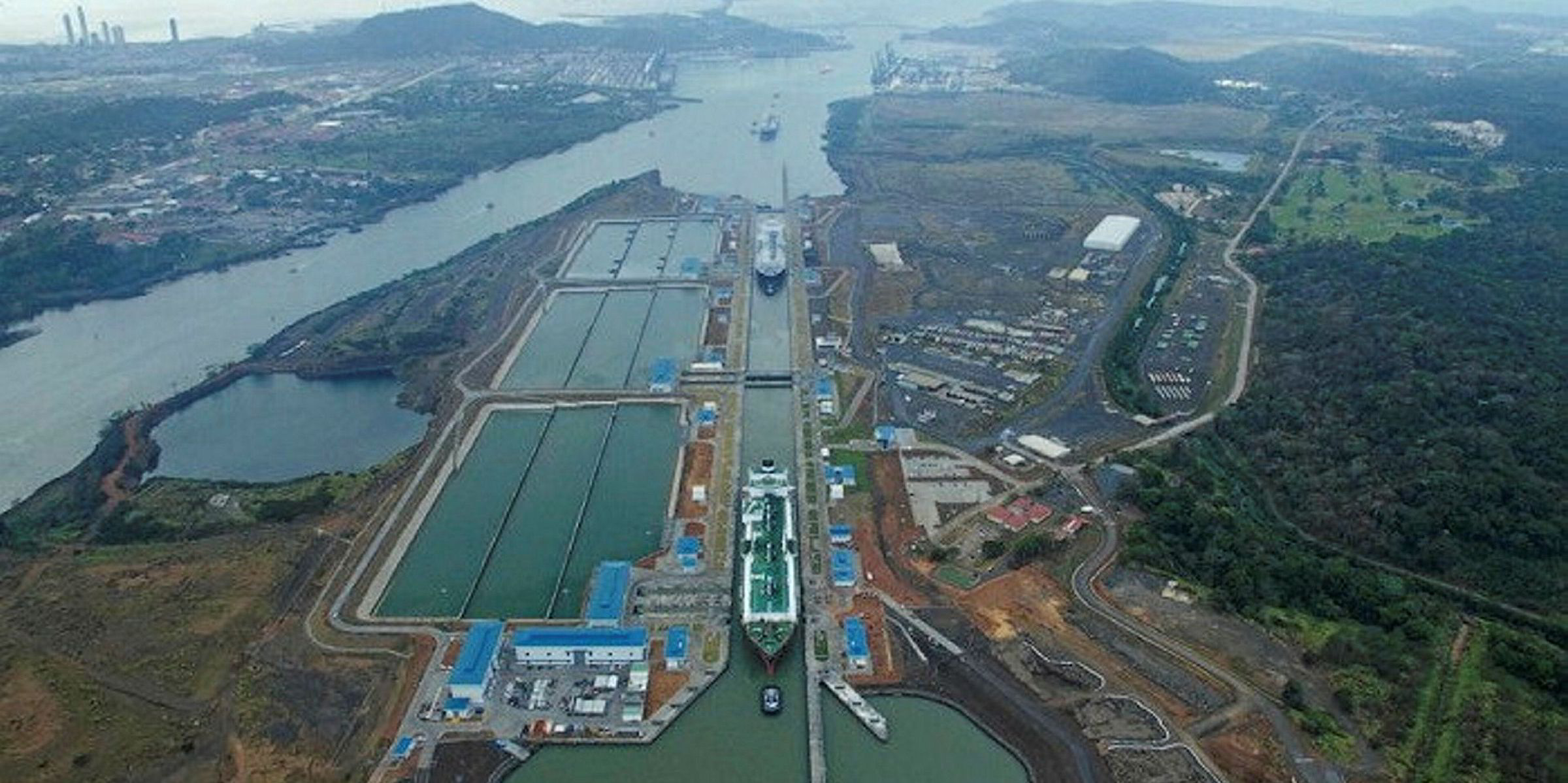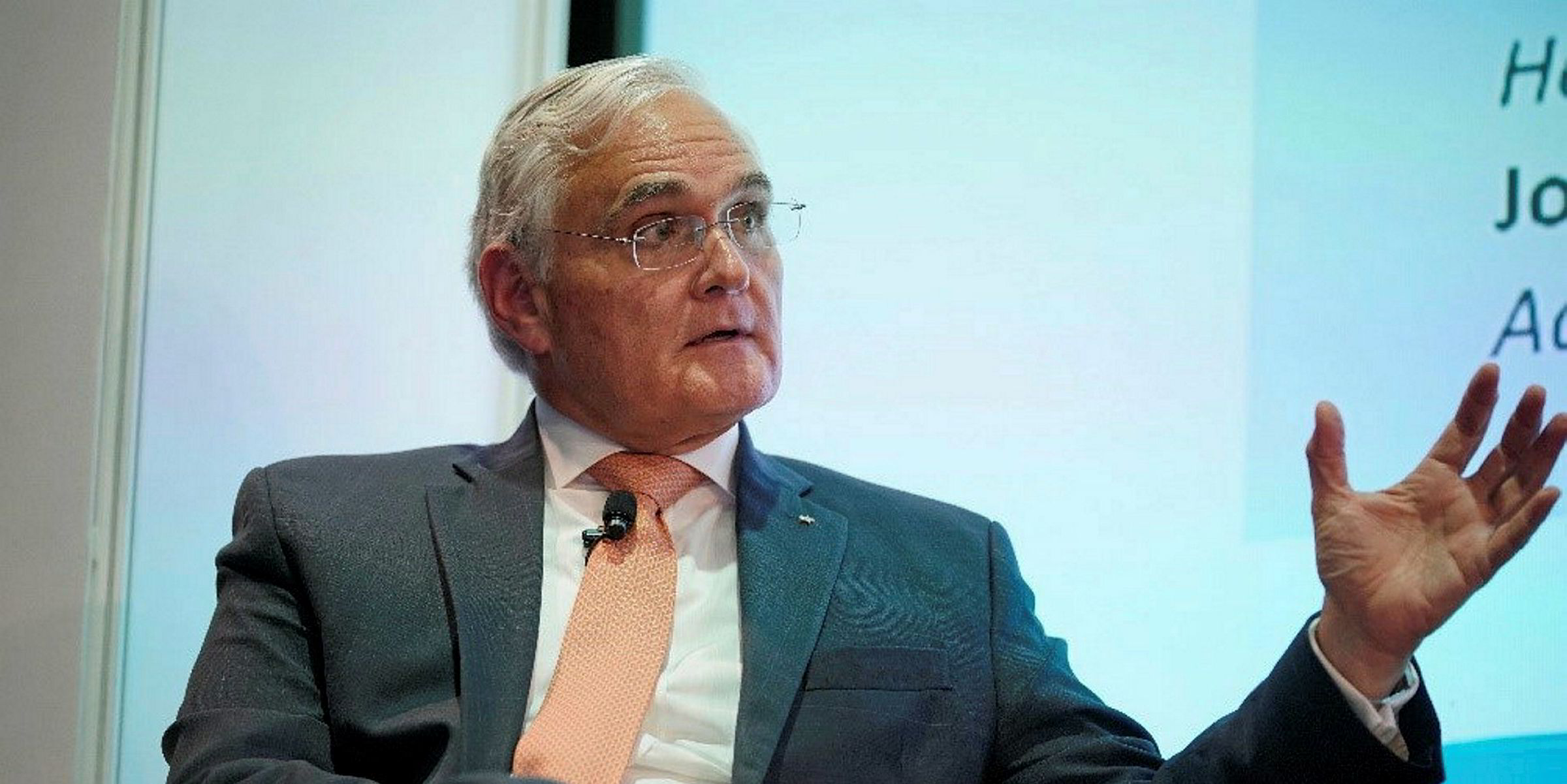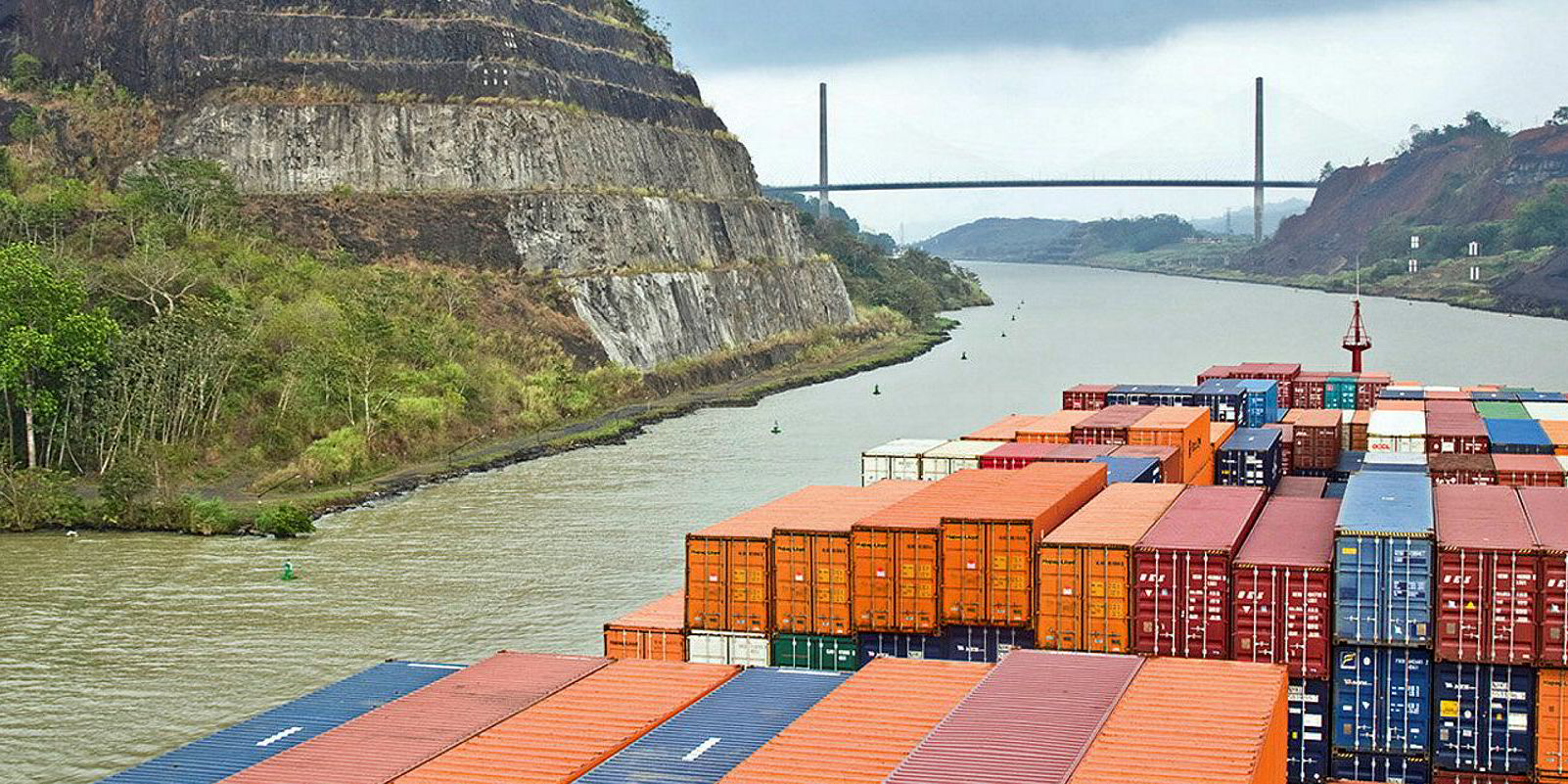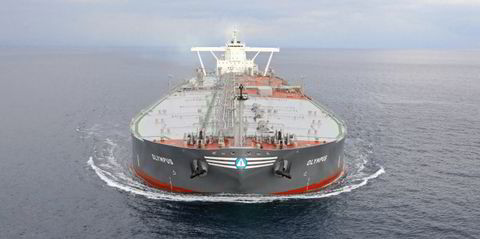Capacity for gas carrier transits through the Panama Canal needs to be expanded to chime with the growth in trades to ensure the waterway does not become a restriction.
Speaking at Gastech in Houston this week, Poten & Partners’ Doug Brown said the canal “has the potential to be” a bottleneck but if transit slots increase to design capacity and more LNG carriers are allowed through it will not be the restriction it was perceived.
But he added: “It will, however, act as a constriction based on external events, occurring far from the canal itself, that can interrupt the smooth flow of LNG carrier arrivals.”
Brown, who works in Poten’s LNG & natural gas consulting team where he is responsible for marine and shipping, said LPG and LNG carrier canal traffic will likely grow from the current 34% of all traffic to around 50%.
This is based on Poten’s assumptions of the number of cargoes moving westbound out of the US Gulf and return ballast voyages.
Bottleneck
He said the canal is currently perceived as a bottleneck for Far East LNG sales. But he pointed out that it is not operating at full design capacity for neopanamax.
Brown said data for August shows 248 available neoPanamax available slots of which 202 were used giving a utilisation rate of about 82%.
This is based on the eight neopanamax transit slots made available each day. But with the total design capacity being at 12 slots per day, Brown said: “Poten believes there is considerable scope to increase traffic.”
“We see a total canal demand for 3.7 to six transits per day based on the canal operating at full design capacity,” Brown said.
But said the flow of vessels through the canal may not always be smooth with factors such as fog, collisions, groundings and dredging work along with draft restrictions and maintenance work and the ongoing US-China trade wars are all likely to affect canal traffic operations
In the fiscal year to date containerships were the biggest users of the new locks with some 1,213 boxships accounting for 45% of all transits, Poten said. LPG carriers are next in line with 652 LPG ships claiming 24% of all transits with LNG carriers following on 360 vessels and 13% of traffic.





